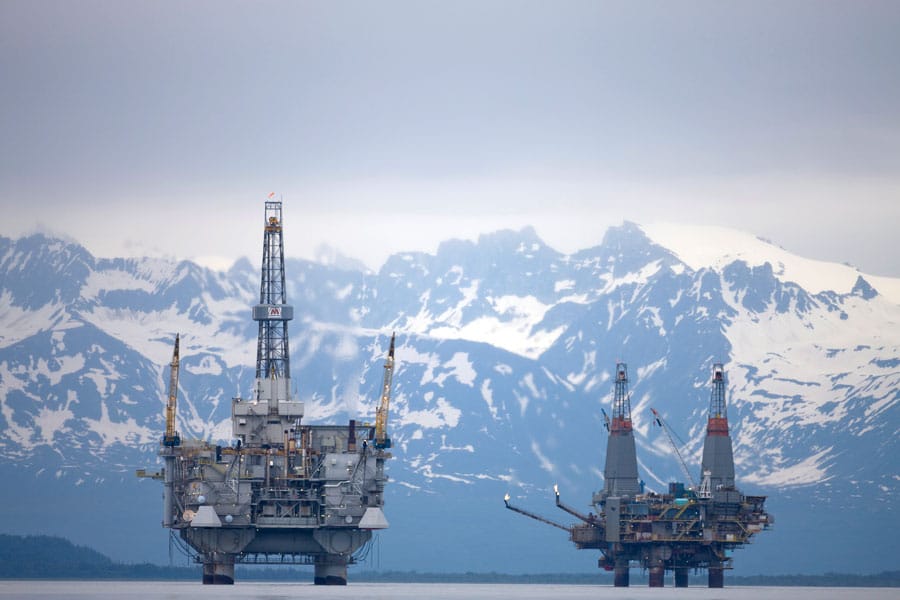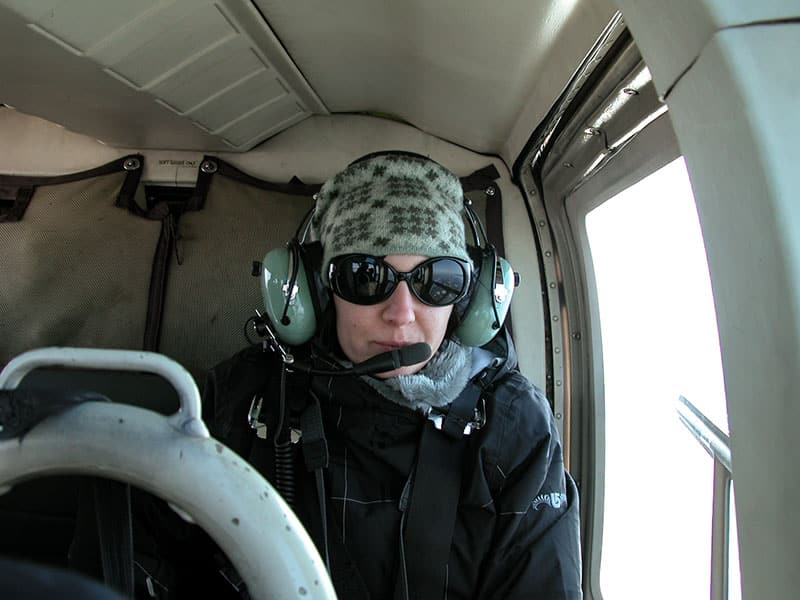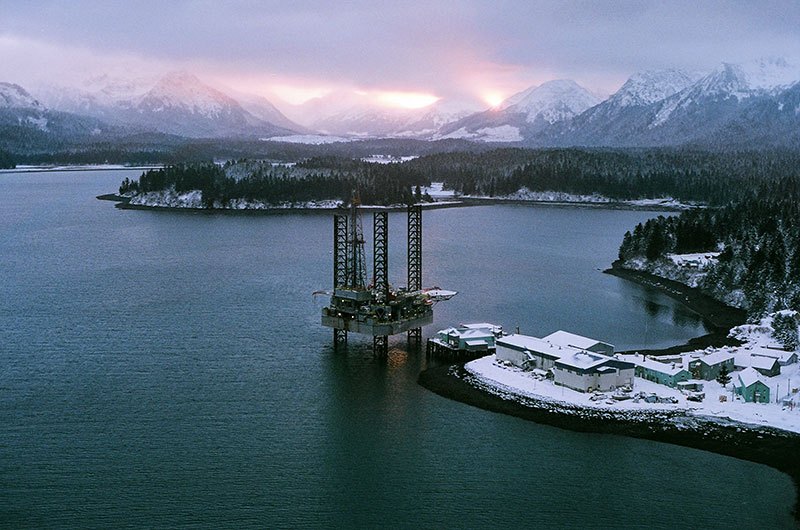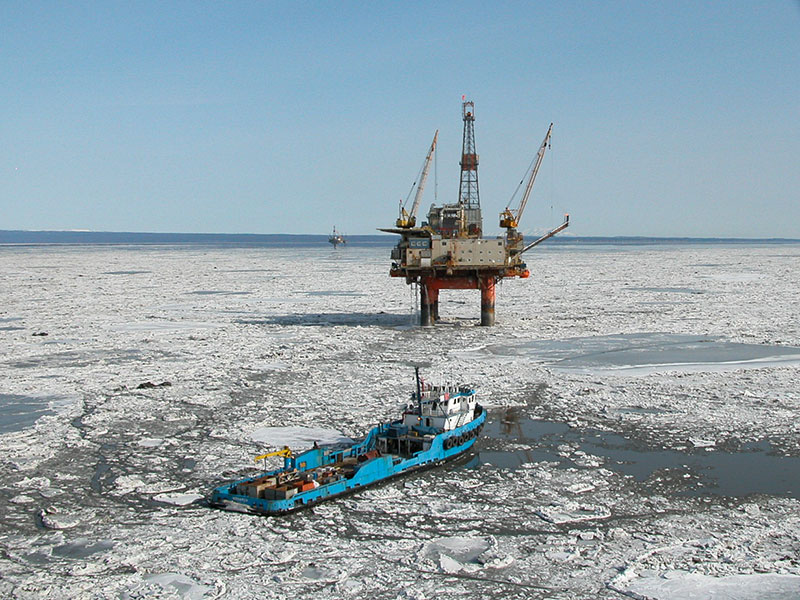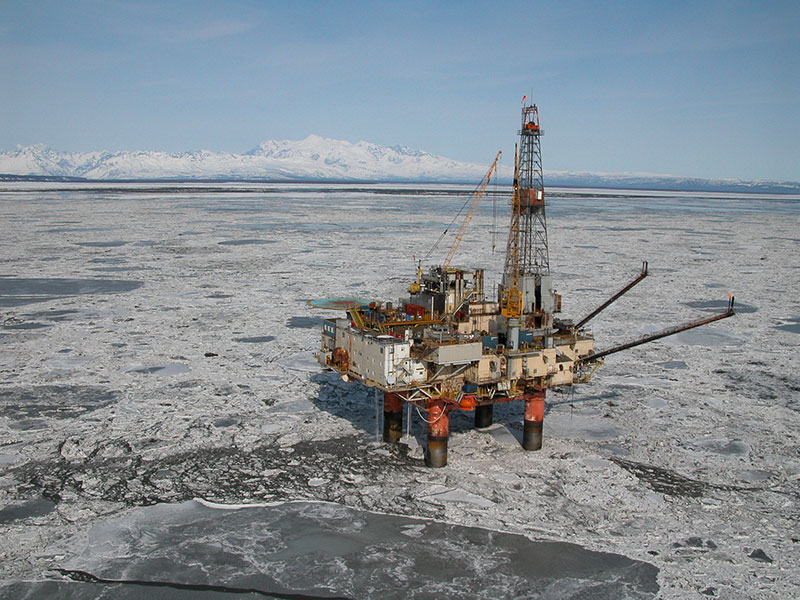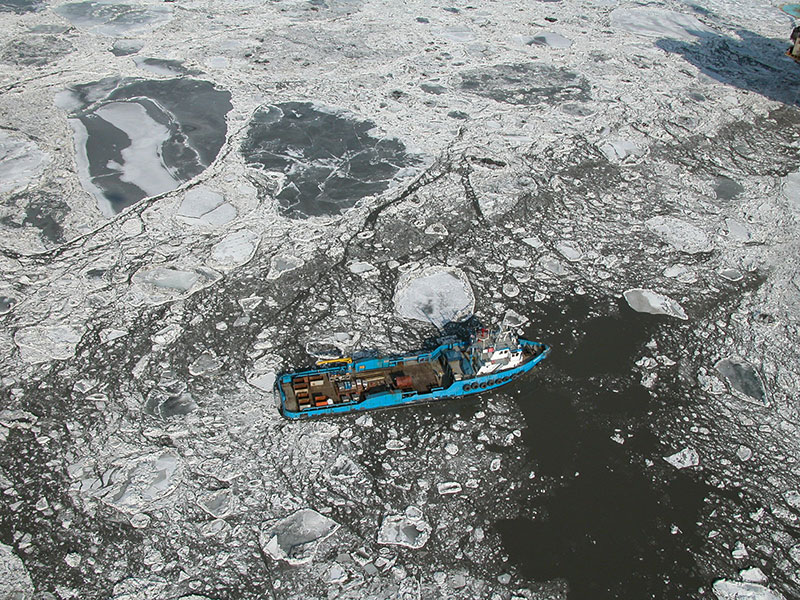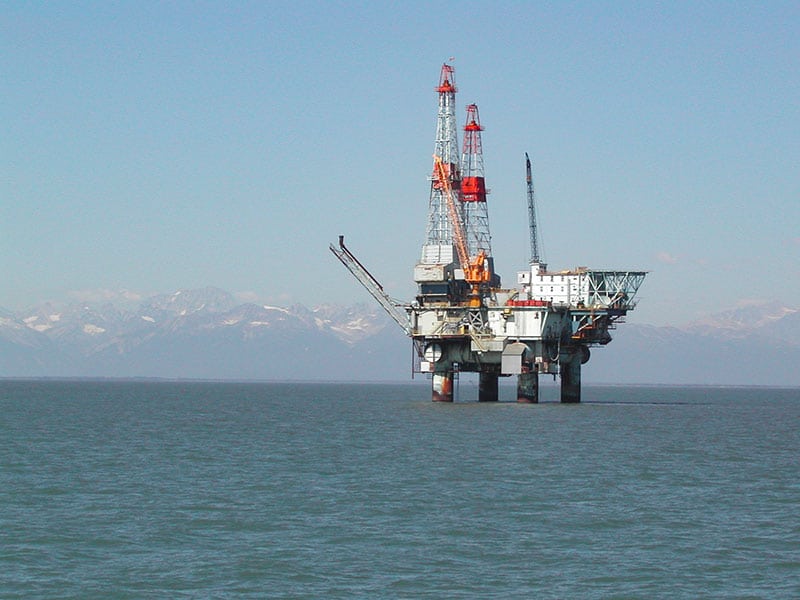Mission & History
Cook Inlet Regional Citizens Advisory Council
is a nonprofit corporation created by Congress under the Oil Pollution Act of 1990 to give citizens a greater voice in oil transportation and production. Our area of concern is both geographic and programmatic. Geographically, our area of concern is Cook Inlet and the areas potentially impacted by oil industry activities within our defined area of responsibility. On the program level, our area of concern entails pursuing any project that is relevant or applicable to our region and meets our program goals.




